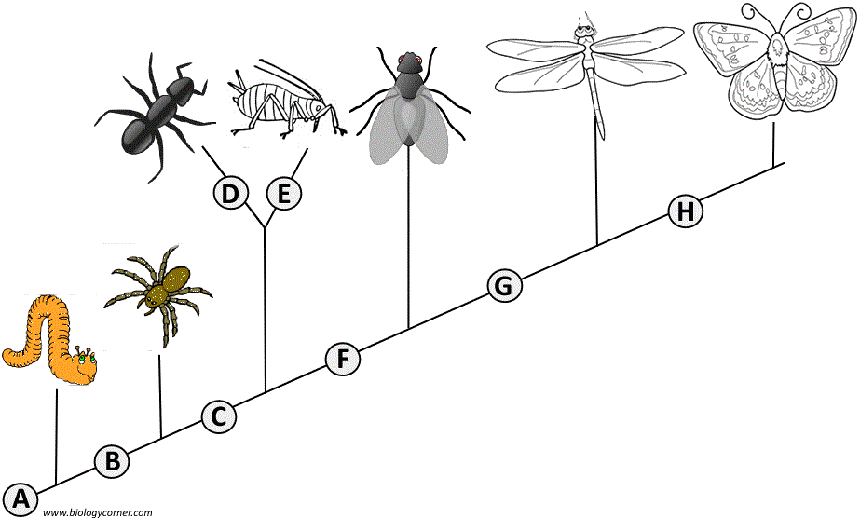How Does a Cladogram Reveal Evolutionary Relationships?
What is a cladogram? It is a diagram that depicts evolutionary relationships among groups. It is based on PHYLOGENY, which is the study of evolutionary relationships. Sometimes a cladogram is called a phylogenetic tree (though technically, there are minor differences between the two).
In the past, biologists would group organisms based solely on their physical appearance. Today, with the advances in genetics and biochemistry, biologists can look more closely at individuals to discover their pattern of evolution, and group them accordingly - this strategy is called EVOLUTIONARY CLASSIFICATION
CLADISTICS is form of analysis that looks at features of organisms that are considered "innovations", or newer features that serve some kind of purpose. (Think about what the word "innovation" means in regular language.) These characteristics appear in later organisms but not earlier ones and are called DERIVED CHARACTERS.
PART I - Analyze the Cladogram
Examine the sample cladogram, each letter on the diagram points to a derived character, or something different (or newer) than what was seen in previous groups. Match the letter to its character. Note: this cladogram was created for simplicity and understanding, it does not represent the established phylogeny for insects and their relatives.

1. ______ Wings
2. ______ 6 Legs
3. ______ Segmented Body
4. ______ Double set of wings
5. ______ Cerci (abdominal appendages)
6. ______ Crushing mouthparts
7. ______ Legs
8. ______ Curly Antennae
PART II - Create Your Own Cladogram
To make a cladogram, you must first look at the animals you are studying and establish characteristics that they share and ones that are unique to each group. For the animals on the table, indicate whether the characteristic is present or not. Based on that chart, create a cladogram like the one pictured above.
| Cells |
Backbone
|
Legs
|
Hair
|
Opposable
Thumbs
|
|
| Slug | |||||
| Catfish | |||||
| Frog | |||||
| Tiger | |||||
| Human |
DRAWING OF YOUR CLADOGRAM
Other Resources on Cladograms
Exploring Phylogenetic Trees with Wolves - compare dogs, wolves, and coyotes and analyze a phylogenetic tree of canids
Practice with Taxonomy and Classification: reinforcement activity, focuses on kingdoms and scientific names
Bear Species and DNA - activity from Learn.Genetics explores relationships between different types of bears
Fingerprint Classification - look at fingerprints and develop a way to classify them
Taxonomy Project - students create their own kingdoms, phyla and other group classification and then design organisms
Create a Cladogram of Shapes - Use simple shapes, like triangle and square to model evolution

